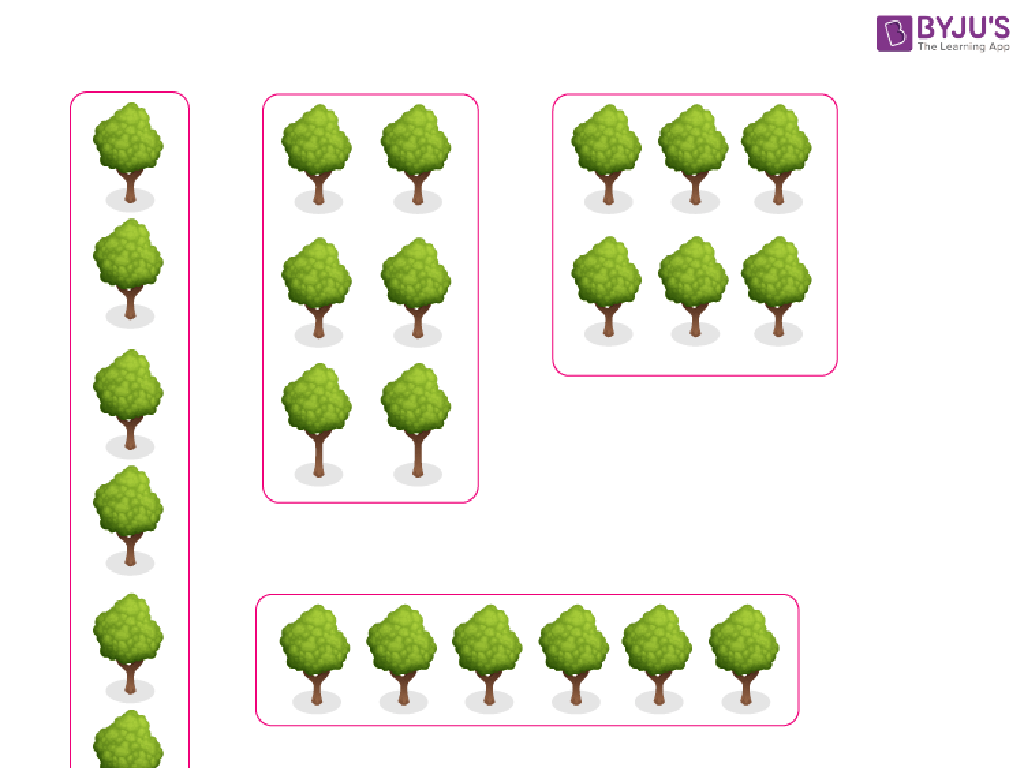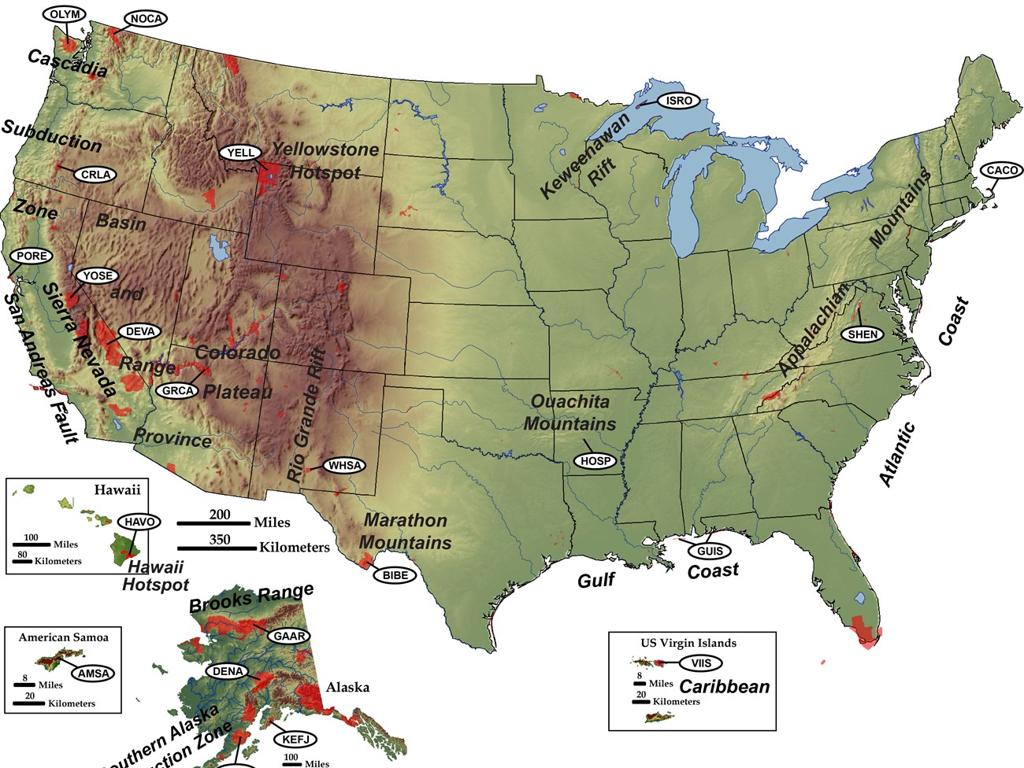Factor Markets
Subject: Economics
Grade: High school
Topic: Ap /College Microeconomics
Please LOG IN to download the presentation. Access is available to registered users only.
View More Content
Introduction to Factor Markets
– Understanding Factor Markets
– Factor Markets’ Economic Role
– Where resources for goods/services are traded
– Exploring Factors of Production
– Resources that firms use to produce goods
– Land, Labor, Capital, Entrepreneurship
– Key inputs: natural resources, workforce, machinery, and business creators
|
This slide introduces the concept of factor markets, which are markets where services of the factors of production are bought and sold. Students should understand that factor markets are crucial for the functioning of the economy as they provide the resources needed for production. The four factors of production are land, labor, capital, and entrepreneurship. Land refers to natural resources, labor to the workforce, capital to machinery and tools, and entrepreneurship to the individuals who start businesses. Emphasize the interdependence of these factors and their combined role in producing goods and services. Discuss examples such as the hiring of workers (labor market), leasing of offices (land market), purchasing of equipment (capital market), and the role of innovators and risk-takers (entrepreneurs).
Demand and Supply in Factor Markets
– Factor markets explained
– Where factors of production (e.g., labor, land) are bought and sold.
– Marginal Productivity Theory
– Value of additional output from one more unit of a factor.
– Factor vs. Goods markets
– Factors: input prices, negotiation. Goods: product prices, consumer choice.
– Market dynamics & equilibrium
|
This slide introduces students to the concept of factor markets, where resources necessary for production such as labor, land, and capital are traded. The Marginal Productivity Theory is crucial as it explains how the demand for a factor is derived from its contribution to the production process. Highlight the differences between factor markets and goods markets, emphasizing that in factor markets, the price is for inputs and involves negotiation, while goods markets focus on the end product and are influenced by consumer choice. Discuss how supply and demand interact to create market equilibrium, where the quantity of a factor supplied equals the quantity demanded.
Understanding Marginal Revenue Product
– Define Marginal Revenue Product
– MRP measures the added revenue from hiring one more worker
– How to calculate MRP
– MRP = Marginal Product (MP) x Marginal Revenue (MR)
– MRP’s role in hiring
– Firms hire until MRP equals wage rate
– Aligning MRP with labor demand
|
Marginal Revenue Product (MRP) is a critical concept in understanding how firms make hiring decisions. It represents the additional revenue generated from employing one more unit of labor. To calculate MRP, multiply the marginal product (the extra output from one more worker) by the marginal revenue (the revenue from selling that extra output). Firms will continue to hire additional workers as long as the MRP is greater than or equal to the wage rate, aligning MRP with the demand for labor. This slide will help students grasp the direct connection between a firm’s revenue generation and its labor employment strategy.
Wages and the Labor Market
– Determining wages in competitive markets
– Wages are set by supply and demand for labor; more demand or less supply can increase wages.
– Impact of minimum wage on labor
– Minimum wage laws can lead to both positive and negative effects, such as reduced employment opportunities.
– Real-world wage determination
– For example, tech industry wages are often high due to high demand for specialized skills.
|
This slide aims to explain the dynamics of wage determination in competitive labor markets, where supply and demand play a crucial role. Discuss how an increase in demand for labor or a decrease in supply can lead to higher wages. Touch on the concept of minimum wage and its controversial impact, such as the potential to reduce employment opportunities for low-skilled workers while aiming to ensure a living wage. Provide real-world examples, such as high wages in the tech industry due to the demand for specialized skills. Encourage students to think critically about how different factors can affect wages and the labor market as a whole.
Capital and Investment in Factor Markets
– Understanding capital markets
– Markets where savings are channeled to those who seek funds for productive investments.
– Interest rates influence investment
– Lower interest rates reduce the cost of borrowing, encouraging more investment.
– Firms’ approach to investment decisions
– Firms invest in capital based on expected returns, interest rates, and economic forecasts.
– Capital’s role in economic growth
|
This slide introduces students to the concept of capital markets within the broader topic of factor markets. Capital markets play a crucial role in the economy by matching savers with borrowers, facilitating investments in productive capital. Interest rates are a key factor in investment decisions as they determine the cost of borrowing; lower rates typically stimulate more investment. Firms make investment decisions by considering potential returns, current and projected interest rates, and overall economic conditions. Understanding these concepts is essential for grasping how capital contributes to economic growth and the functioning of factor markets. Encourage students to think about how changes in interest rates might affect their own or their family’s investment decisions, such as taking a loan for a car or house.
Rent and the Land Market
– Determining rent in land markets
– Rent is influenced by location, fertility, and accessibility.
– Economic vs. accounting rent
– Economic rent: payment exceeding opportunity cost. Accounting rent: actual payment for land use.
– Opportunity cost in land use
– The value of the best alternative use of land not chosen.
|
This slide delves into the intricacies of how rent is determined in land markets, highlighting factors such as location, fertility of the land, and accessibility. It distinguishes between economic rent, which is the payment to a factor of production in excess of the owner’s opportunity cost, and accounting rent, which is the actual payment made for the use of land. The concept of opportunity cost is crucial in understanding land use decisions; it represents the value of the next best alternative foregone when a particular land use is chosen. Discuss examples such as choosing between using a plot of land for agriculture or a commercial property development, and how opportunity costs play a role in such decisions.
Entrepreneurship and Profit in Factor Markets
– Entrepreneurs in factor markets
– Entrepreneurs mobilize factors of production, like land, labor, and capital.
– Balancing risk and innovation
– Innovation drives market success, but comes with risks.
– Profit as an entrepreneur’s reward
– Profits incentivize entrepreneurs, reflecting business success.
– Case studies: Market impact
– Analyze real-life examples of entrepreneurial influence.
|
This slide explores the critical role of entrepreneurs in factor markets, where they combine land, labor, and capital to create goods and services. Discuss the balance between the risks they take and the innovative approaches they employ to succeed. Profits are the financial reward for successful entrepreneurship, serving as a key motivator and indicator of market impact. Highlight case studies that show how entrepreneurs have shaped factor markets, such as the tech industry’s influence on Silicon Valley. Encourage students to think critically about the relationship between risk, innovation, and profit, and how this dynamic influences economic growth and market development.
Monopsony in Factor Markets
– Define monopsony in economics
– A market with only one buyer for a factor of production, e.g., a single employer in a town.
– Monopsony’s impact on wages
– Monopsonies may pay lower wages due to lack of competition.
– Monopsony’s effect on employment
– They can also hire fewer workers than in a competitive market.
– Monopsony examples in industries
– Examples include company towns or the tech industry with few large employers.
|
Monopsony is a market structure where there is only one buyer for a particular factor of production, giving that buyer substantial control over the market. In such markets, the monopsonist can influence wages and employment levels, often resulting in lower wages and less employment compared to competitive markets. Examples of monopsony can be found in company towns, where one company is the primary employer, or in industries like technology, where a few large firms dominate employment. Discuss the implications of monopsony on workers and the overall economy, and explore real-world scenarios where monopsonies exist.
Class Activity: Factor Market Simulation
– Divide into factor market groups
– Simulate a market scenario
– Each group acts out buying/selling of labor, land, capital
– Discuss and analyze outcomes
– What were the results? Were some markets more competitive?
– Reflect on real-world applications
– How do these simulations relate to actual economic situations?
|
This activity is designed to give students a hands-on understanding of how factor markets operate. By dividing the class into groups, each representing a different factor market such as labor, land, or capital, students can simulate the interactions between buyers and sellers. Encourage each group to think about supply and demand, pricing, and market competition. After the simulation, lead a discussion to analyze the different outcomes each group experienced. Ask students to consider factors that influenced their market’s competitiveness and efficiency. Finally, encourage them to reflect on how these simulations can be applied to real-world economic scenarios, enhancing their understanding of microeconomic principles.






